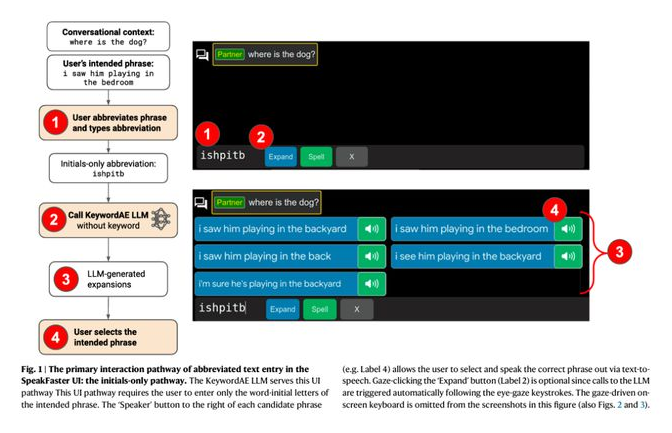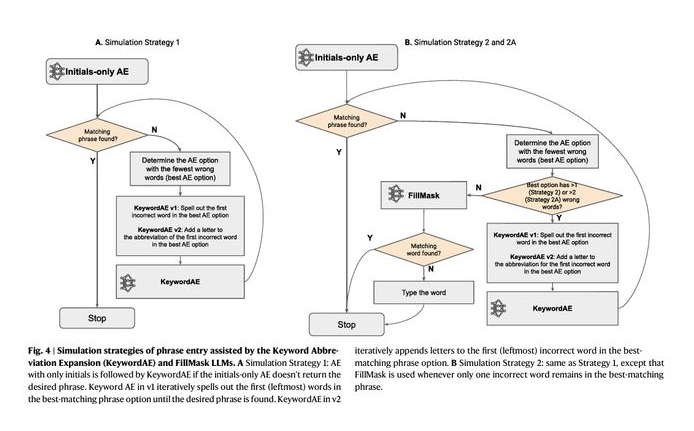To address the communication difficulties faced by patients with movement disorders such as ALS, Google has developed an auxiliary communication tool called SpeakFaster. It cleverly uses large language models (LLM) and dialogue context to significantly reduce the number of keystrokes and time cost of eye-movement typing by predicting user input and expanding it into complete phrases, and significantly improves communication efficiency. This innovative technology not only achieved remarkable results in simulation experiments, but also verified its effectiveness in actual ALS patient experiments, providing a new way to improve patients' quality of life.
As patients with movement disorders such as ALS face difficulties in daily communication, traditional assistive communication tools often cannot effectively solve the eye fatigue and high time cost caused by frequent key operations during eye movement typing. In order to solve this problem, the Google research team developed a user interface (UI) called SpeakFaster, which uses large language models (LLM) and conversational context to help ALS patients significantly improve communication efficiency.

SpeakFaster reduces the number of keystrokes required by eye movement typing by up to 57% by predicting the acronyms entered by the user and expanding them into complete phrases based on the conversation context, and increases text input speed by 29% to 60% compared with traditional methods. The system's fine-tuned LLM combines three different input paths, allowing users to easily find suitable phrases even when initial predictions fail, thus speeding up input and reducing unnecessary operations.

In addition, research shows that SpeakFaster not only achieves significant key saving in simulation experiments, but also improves typing speed in experiments with ALS patients. Especially in script scenarios, ALS patients' input speed increased by 61.3%. Although the initial learning curve is slightly steep, most users are able to reach a comfortable typing speed after 15 exercises.

Compared with existing technologies, SpeakFaster provides patients with movement disorders with a more efficient and accurate means of communication by combining context-aware AI predictions and alternative input methods, greatly improving their social participation and quality of life.
The emergence of SpeakFaster has brought new hope to ALS patients. Its efficient and convenient communication method has effectively improved the patients' quality of life and social participation. In the future, similar technologies are expected to be further improved to provide better assisted communication services for more patients with movement disorders.